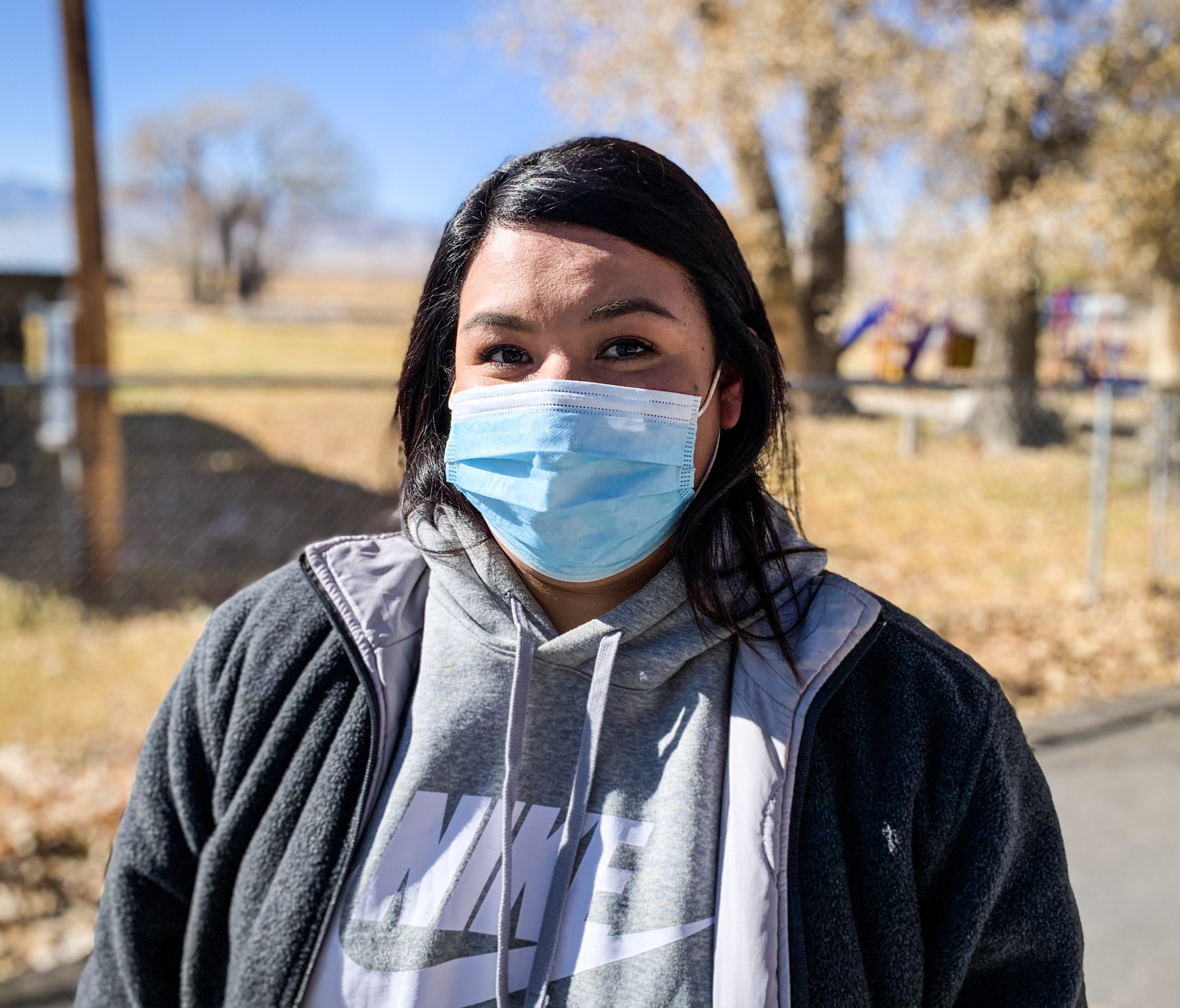Indianz.Com > News > Tim Giago: Pandemics and Indian Country

Notes from Indian Country
Pandemics and Indian Country
Monday, November 22, 2021
When it started to become apparent that an illness known as the Coronavirus was turning into a pandemic, Lakota tribal leaders took immediate action. Harold Frazier, Chairman of the Cheyenne River Sioux Tribe and Kevin Killer, Chairman of the Oglala Sioux Tribe, immediately had roadblocks set up on their borders in order to check people coming on to their reservations for the virus.
A few white ranchers in South Dakota immediately complained to Gov. Kristi Noem (R) about the roadblocks, and Noem, in keeping with her virtual ignorance of the Native people residing in her state, contacted South Dakota’s Republican legislators, Senators John Thune, Mike Rounds and Congressman Dusty Johnson to get them to stop the tribal leaders from setting up roadblocks. Of course these officials knew the history of how pandemics had nearly devastated the Native populations over the years and they declined to step in on Noem’s behalf.
Epidemics like smallpox had killed thousands of South Dakota’s indigenous population at its height and in the 1930s, 40s and 50s a tuberculosis struck and thousands of indigenous people became the victims so much so that tuberculosis asylums sprung up in South Dakota and in other states. The Sioux Sanatorium in Rapid City was built in order to combat the TB invasion epidemic.

Contact Tim Giago at najournalist1@gmail.com
Note: Content © Tim Giago
Search
Filed Under
Tags
More Headlines
Chuck Hoskin: Cherokee Nation helps heal our communities
Native America Calling: Native skin cancer study prompts new concerns about risk
South Dakota Searchlight: Trump terminations hit Indian Arts and Crafts Board
Native America Calling: Regional improvement in suicide statistics is hopeful sign
List of Indian Country leases marked for termination by DOGE
‘Let’s get ’em all done’: Senate committee moves quickly on Indian Country legislation
AUDIO: Senate Committee on Indian Affairs Business Meeting to consider several bills
VIDEO: Senate Committee on Indian Affairs Business Meeting to consider several bills
Native America Calling: The ongoing push for MMIP action and awareness
‘Blindsided’: Indian Country takes another hit in government efficiency push
Native America Calling: A new wave of resistance against Trans Native relatives
Urban Indian health leaders attend President Trump’s first address to Congress
‘Mr. Secretary, Why are you silent?’: Interior Department cuts impact Indian Country
Cronkite News: Two Spirit Powwow brings community together for celebration
Native America Calling: Native shows and Native content to watch
More Headlines
Native America Calling: Native skin cancer study prompts new concerns about risk
South Dakota Searchlight: Trump terminations hit Indian Arts and Crafts Board
Native America Calling: Regional improvement in suicide statistics is hopeful sign
List of Indian Country leases marked for termination by DOGE
‘Let’s get ’em all done’: Senate committee moves quickly on Indian Country legislation
AUDIO: Senate Committee on Indian Affairs Business Meeting to consider several bills
VIDEO: Senate Committee on Indian Affairs Business Meeting to consider several bills
Native America Calling: The ongoing push for MMIP action and awareness
‘Blindsided’: Indian Country takes another hit in government efficiency push
Native America Calling: A new wave of resistance against Trans Native relatives
Urban Indian health leaders attend President Trump’s first address to Congress
‘Mr. Secretary, Why are you silent?’: Interior Department cuts impact Indian Country
Cronkite News: Two Spirit Powwow brings community together for celebration
Native America Calling: Native shows and Native content to watch
More Headlines